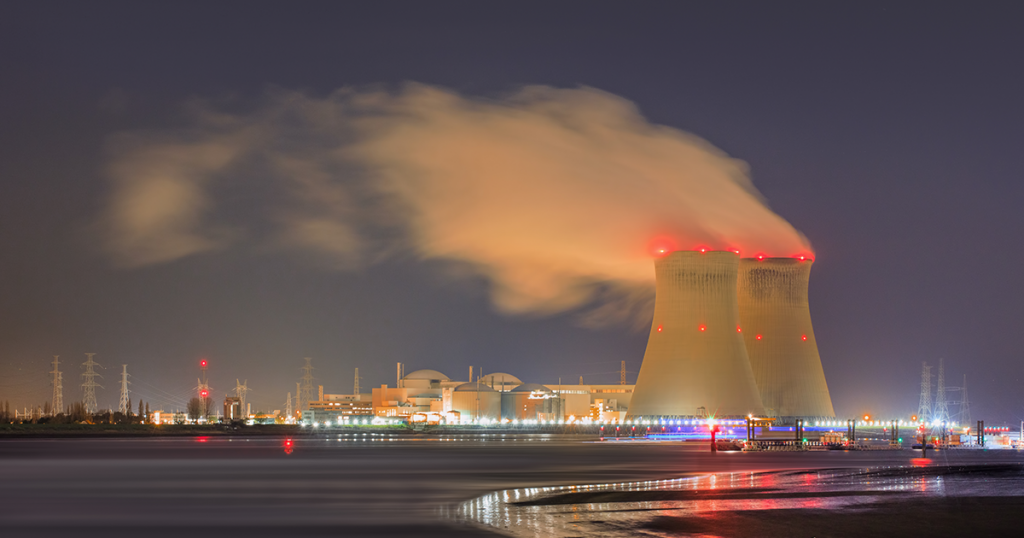In April, Germany shut down their last three nuclear reactors – the country’s Environment Minister, Steffi Lemke, explained the decision: “The risks of nuclear power are ultimately uncontrollable; that’s why the nuclear phase-out makes our country safer and avoids more nuclear waste.”
Despite the risks associated with nuclear power, it remains an essential source of energy for many countries in Europe and around the world, so as such, it is important to continue researching and developing new technologies and safety measures to ensure the safe and sustainable operation of nuclear power plants – and this time we’d like to take this opportunity to explain how reactors work briefly-
Nuclear power plants generate electricity by harnessing the energy released during the fission or splitting, of atoms. These power plants use nuclear reactors to control and contain the fission process and then use the heat generated to produce steam, which drives turbines to generate electricity.
The nuclear reactor is the heart of a nuclear power plant, where nuclear fission occurs. The reactor core contains fuel rods made of uranium, which are arranged to allow a controlled chain reaction. As the uranium atoms in the fuel rods undergo fission, they release large amounts of energy in the form of heat.
To control the chain reaction, the reactor core is surrounded by a neutron moderator, which slows down the neutrons emitted by the fission process and increases their chances of being absorbed by other uranium atoms. Control rods made of materials such as boron or cadmium are also inserted into the reactor core to absorb excess neutrons and slow down or stop the fission process.
As the fuel rods undergo fission, they also release radioactive particles and generate heat, which must be removed to prevent damage to the reactor core. The heat is transferred to a cooling system, which typically uses water to absorb the heat and transfer it to a steam generator. In the steam generator, the water is heated to create steam, which is then used to drive a turbine and generate electricity.
The cooling system is critical to the safe operation of a nuclear power plant. If the cooling system fails, the reactor core can become overheated and damaged, potentially leading to a meltdown or release of radioactive material.
To prevent accidents and ensure the safe operation of nuclear power plants, they are designed with multiple layers of safety features. These include redundant cooling systems, emergency shutdown systems, and containment buildings, designed to contain any radioactive material in the event of an accident.
Despite the safety measures in place, nuclear power plants still pose risks – accidents such as the 1986 Chernobyl disaster and the 2011 Fukushima disaster demonstrate the potential dangers of nuclear power, and they may become targeted by occupying armies as we see it in the war in Ukraine.
Additionally, nuclear power plants generate radioactive waste, which remains hazardous for thousands of years and must be carefully stored and disposed of.




